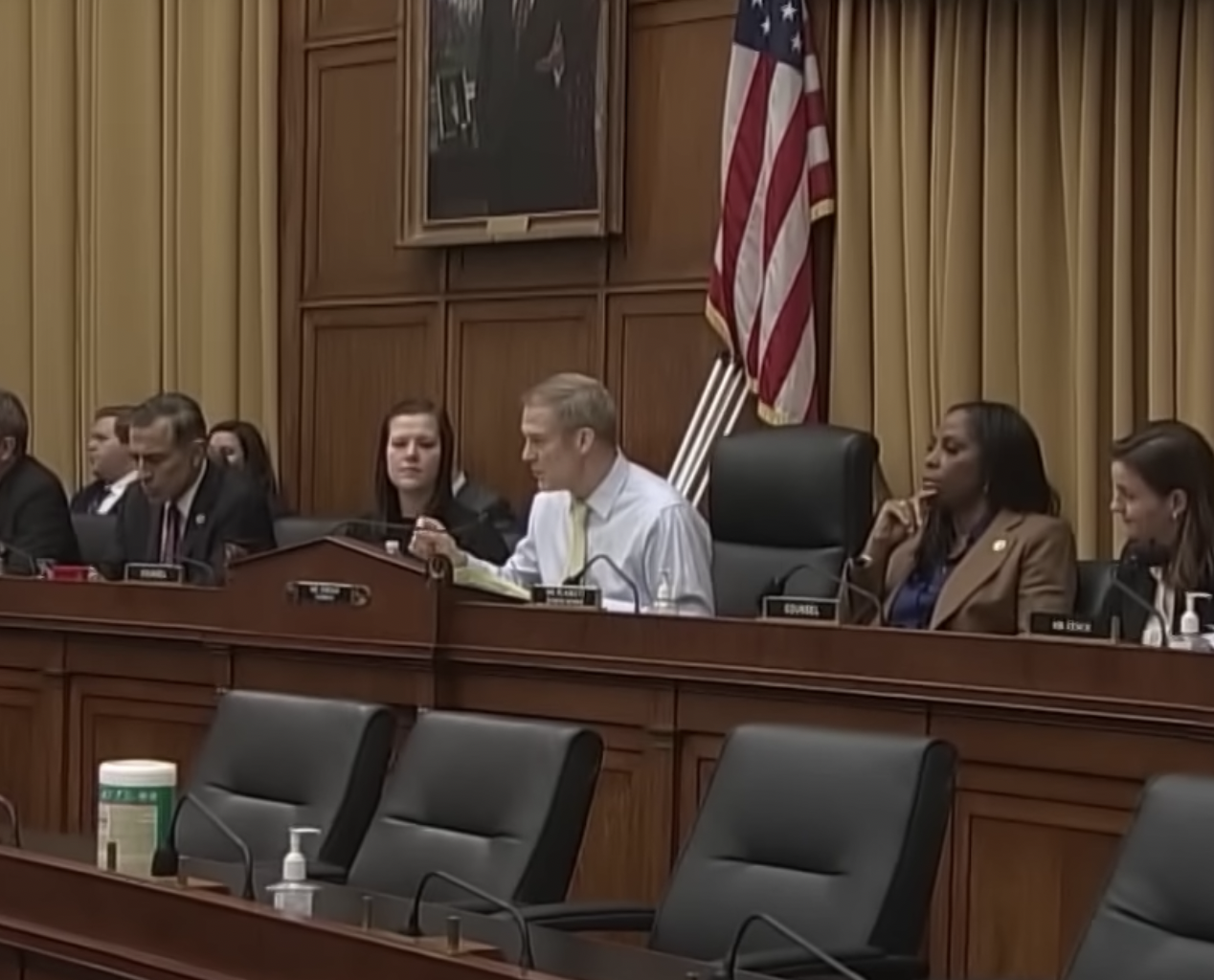Ross Parker was chief of the criminal division in the U.S. Attorney’s Office in Detroit for 8 years and worked as an AUSA for 28 in that office.
By Ross Parker
ticklethewire.com
With only a pair of criminal cases on the Oral Argument docket in November, the Court will primarily focus on civil and administrative cases. One of the criminal cases, Beckler v. United States, involves a question of interest probably only to some prosecutors and judges: whether the career offender sentencing guidelines defining a “crime of violence” warranting a sentence enhancement is unconstitutionally vague. The Court last year invalidated a similar clause (violent felony) in the Armed Career Criminal Act on that ground.
The other case, Moore v. Texas, involves yet another 8th Amendment Cruel and Unusual Punishment issue on the permissible medical standards for intellectual disability regarding a defendant’s fitness for execution. The case involves another question which will probably not be resolved because of the absence of a Justice to fill Antonin Scalia’s seat. That question is whether long term solitary confinement on death row is itself unconstitutional as cruel and unusual.
In 1980 Bobby James Moore, age 20, shotgunned a grocery clerk to death in a robbery attempt. He was convicted and sentenced to death. Since that time he has spent more than 35 years in solitary confinement in a 60 square foot iron cell for 22 and ½ hours a day. He has no TV or association with other inmates. The medical and psychological effect of this kind of incarceration has been studied extensively, and some of the results show a deterioration ranging from mild mental disability to psychosis. In short some experts consider this to be a modern version of torture.
But can the time expended on repeated postponements caused by the defendant’s own pursuits in the Byzantine appeals process in capital cases be equated with government “torture?”
It is a gruesomely fascinating exercise to trace the evolution of torture as a means to punish. Four thousand years ago the Code of Hammurabi codified punishments for particular crimes. Various penalties were prescribed, including an “eye for an eye,” ripping tongues out for false testimony, and skinning perpetrators alive.
A few centuries later the ancient Hebrews employed crucifixion, being thrown off cliffs, stoning, being burned alive, and being sawn in half. The classical Greeks used the Rack, the Wheel, and an early version of the Iron Maiden as forms of punishment. In their time the Romans imposed punishments of whipping, strappado, and a very inventive one involving being placed in a bag with poisonous snakes and dropped into the water. Trials by ordeal were encouraged by the Roman Catholic Church during the Middle Ages, as well as water boarding and mutilation by various specially designed tools.
During the 1700s almost all forms of torture were abolished in most European countries, but as late as a decade ago Human Rights Watch and the United Nations reported that dozens of countries still use torture as punishment. Today over three dozen nations have abolished the death penalty, but about 60 countries still include the ultimate punishment. Some of them, however, use it sparingly.
The Supreme Court has denied cert petitions raising the issue of the constitutionality of long term solitary confinement for non security punishment on 9 occasions. Likewise, five circuits and several state appellate courts have rejected the claim.
Based on dictum in other opinions, however some individual Supreme Court Justices are troubled by histories such as Moore’s, particularly where there is evidence of mental deterioration during the solitary confinement.
But it is doubtful that such an issue will be considered in Moore with only 8 Justices. They can count votes and the likelihood of a 5-3 decision on such a controversial subject just is not in the cards until the Senate fills the vacancy.
The issue in that case which will be decided is Texas’s use of an earlier version of the medical standards to determine intellectual disability. The states have been given some leeway in enforcing the prohibition on executing under these circumstances. The fact finder must consider the views of the medical experts but is not bound by them. The experts in Moore were split on the issue with the Court of Appeals accepting the views of those who put Moore’s IQ at 74 to 78. Plenty able to receive a lethal injection.
Notwithstanding the numerous medical professional and human rights organizations that have decried in amicus briefs the Texas diagnostic framework for assessing competence to be executed, it seems doubtful that 5 Justices can be found to reverse the Court of Appeals decision.
Texas continues to be the leader in putting its citizens to death for murder. The state has conducted almost as many executions in recent years as all other states combined. Only 13 states have used capital punishment in recent years.
The anomalous situation in which only about a quarter of the states still use the death penalty and when life on death row can last several decades continue to be the law of the land.






